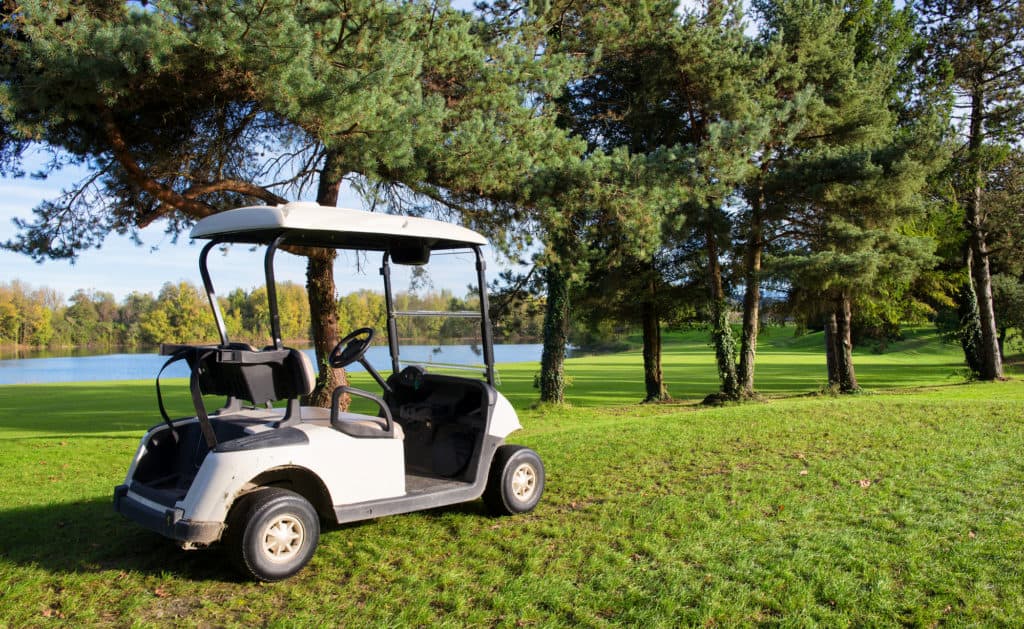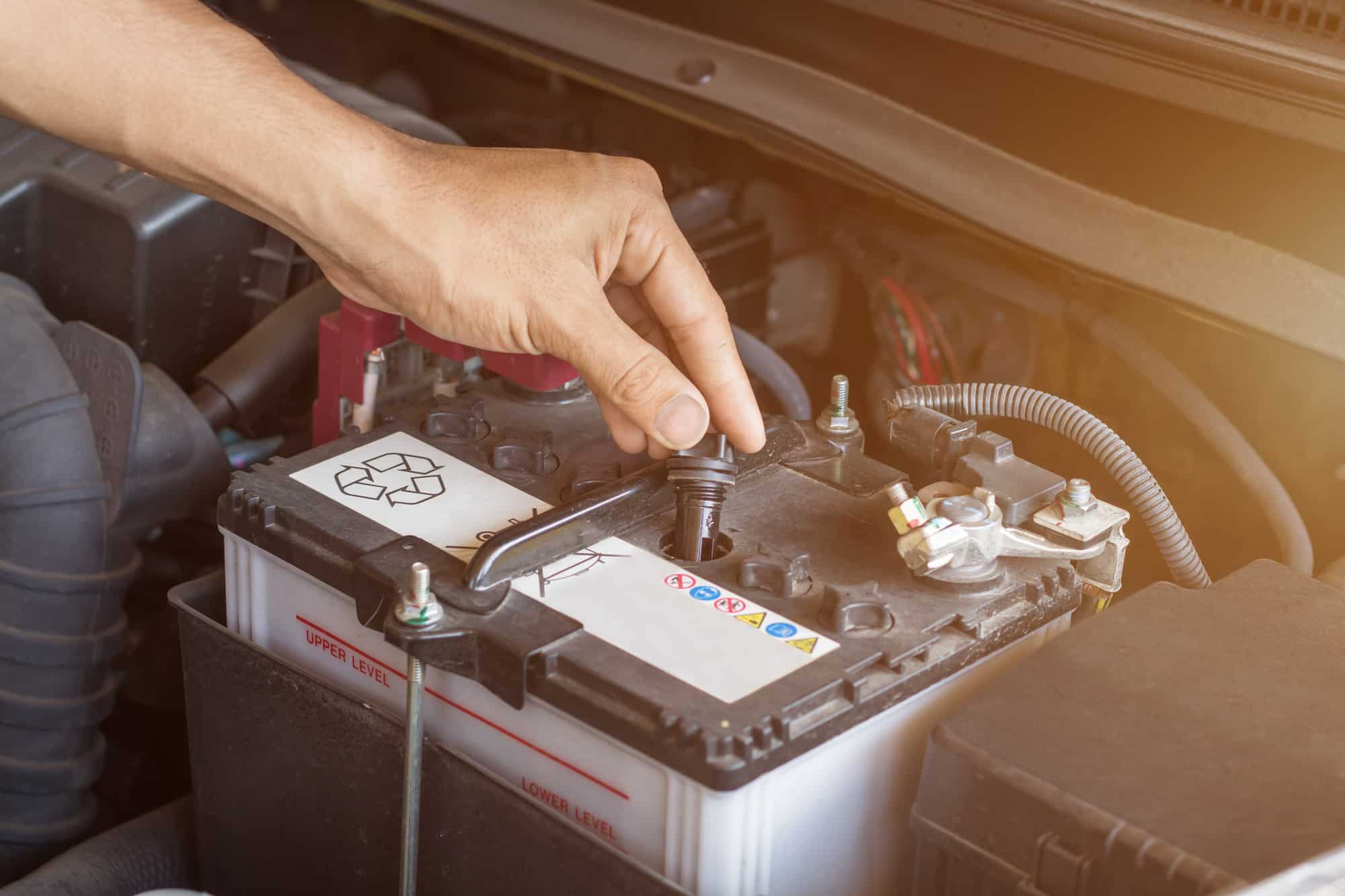
Golf carts come in many different varieties, each of which provides many benefits and downsides.
For example, there are golf carts that utilize what is known as a PDS.
Only EZGO carts utilize this system, as they designed it for their carts and have integrated them in a myriad of different models over the years.
And this system provides many customization benefits that make it worth your consideration.
As a result, it is important for you to understand what counts as a PDS golf cart and what kinds of advantages that they offer you.
First, we’ll discuss the nature of the PDS system to give you an idea of what it does.
Then, we’ll examine other elements of it to make sure that you fully understand whether your cart has this system or if you have one that is absent of the PDS unit.
What is a PDS Golf Cart?

A PDS or Precision Drive System is a unique drive manufactured by EZGO starting in 2000.
This part includes a separate motor that creates the capability of regenerative braking and includes a programmable controller for easier maintenance of your cart’s engine.
It is not completely programmable, like some carts.
Often, you’ll find a PDS – which is a 300-amp unit – in a TXT golf cart, which is EZGO’s most trusted and long-lasting fleet golf cart.
If you know how to program it properly – the settings are very easy to switch – you can make it handle better on mild inclines, steep hills, or even flat surfaces.
The idea behind this part is to change your acceleration, speed, and braking.
For example, setting it for mild hills will cause it to increase your acceleration speed to make it easier to climb them and boost your regenerative braking to ensure that you stop when going down.
Flat areas typically don’t need as much power because they don’t have the kind of difficult terrain demands that requires adjustment.
And steep hills will require the most power to get over hills.
But can’t you just set your cart to steep hills and then drive on flat terrain?
Yes, but your cart may end up using more power than is necessary and cause your battery or your gas tank to drain more quickly.
You should only adjust the setting on your PDS if you truly need the change.
Most of the time, you’re probably going to be fine with a flat driving setting because most areas will have that option.
Thankfully, tweaking this system is very easy and should provide you with the kind of control options that you want on your cart.
Many have an extra switch that you can change on the exterior of your cart or you may have to open up the cart to find the PDS and change it there.
Whatever option you have available to you, you should have no difficulty changing up your control options here.
Knowing Whether You Have a PDS
Though it is true that most EZGO TXT carts have PDS after 2000, there are many fleet vehicles produced that do not.
These carts are usually less expensive than other models and easier to maintain.
However, they do not have the kind of easy to program driving adaptability that makes the PDS such a great option for many drivers.
Let’s examine how you can better grasp whether or not you have this unit in your cart or if you have a rare TXT or another EZGO cart that does not have the PDS.
Start by opening up your motor and looking for the environmental black plastic cover.
You should find this item very easy to find because it is black, large, and usually covers your controller and solenoid.
Look on the outside of the part – try to find any type of diagnostic codes or other listings that may be printed on the outside of the black cover case.
These should be very easy to spot.
If there is a large list of diagnostic codes on the outside, that is very likely a PDS system.
You can then try to identify the PDS and the programming system.
Typically, all you do here is switch between different modes – you don’t have full control over every element of your acceleration and braking.
Giving the average driver too many options would likely confuse them, unfortunately.
You should see a variety of multi-pin connectors on the PDS controller that can be switched to change the performance of your cart.
You are going to need a schematic of this part to ensure that you alter your control properly.
Thankfully, it shouldn’t be too hard to change these pins because they are designed to be easy to unplug and swap inside your cart.



Thank you for the info
Pictures would be helpful.
so no diagnostic codes = no PDS?